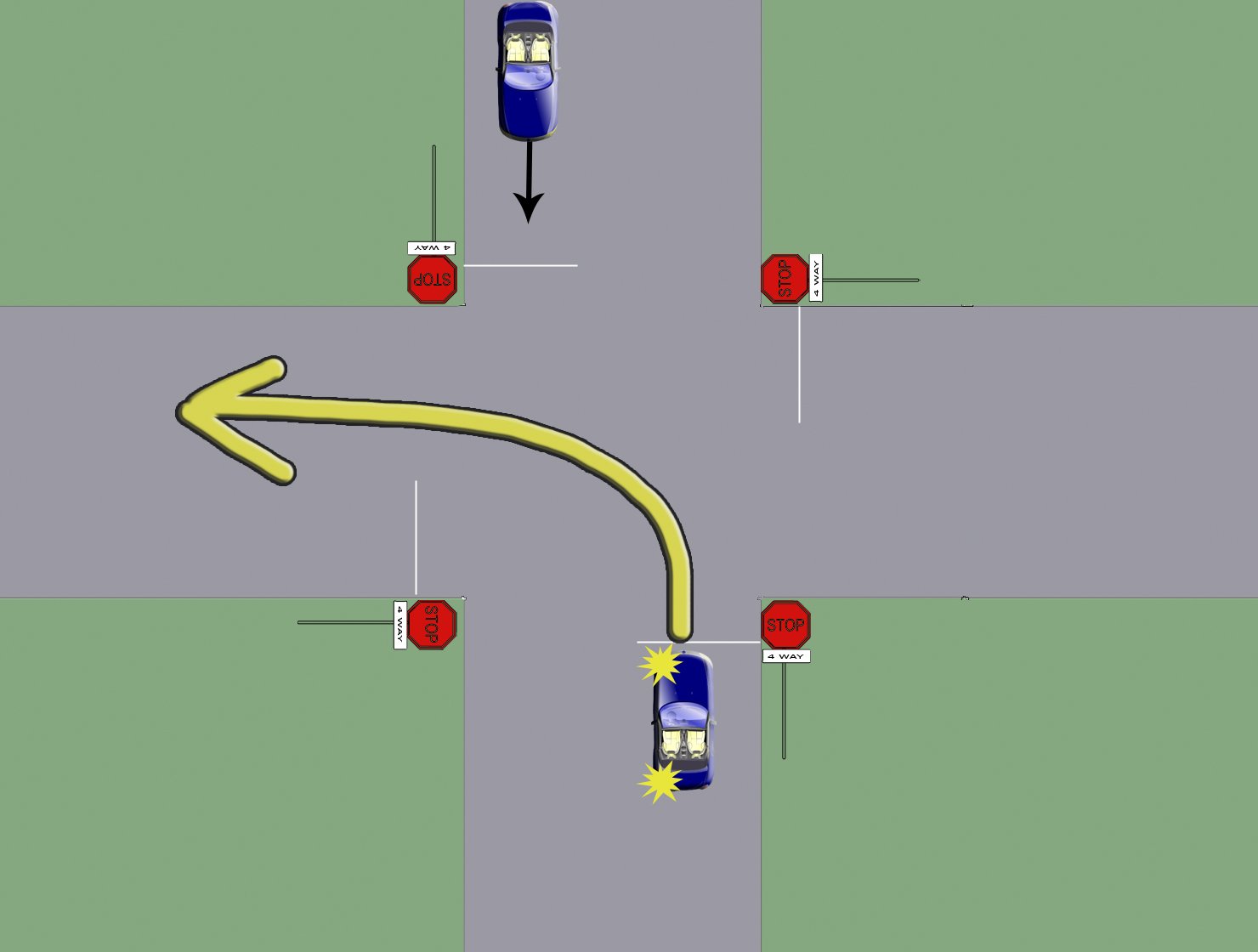Fines for cars going in the opposite direction in Vietnam

In order to shorten a section of the road, people traveling in the opposite direction on the road have intentionally put themselves and other traffic vehicles in a dangerous situation, especially on roads with high speed traffic. When another vehicle suddenly appears on a one-way street, it is very difficult for drivers to handle and react to unexpected situations, easily leading to traffic accidents. The offense of going in the opposite direction has been fined many times more than before, showing that the legislators have highly appreciated the danger of this behavior. LSX Lawfirm will give you an article about: “Fines for cars going in the opposite direction in Vietnam”, as follows:
Legal grounds
Law on sanctioning administrative violations 2012
Fines for cars going in the opposite direction in Vietnam
Going in the opposite direction is determined when it falls into one of the following cases:
– Go in the opposite direction of a one-way street.
– Going in the opposite direction on the road with the sign “Prohibit going in the opposite direction”.
A one-way street is a road that is only allowed to flow, or go in a certain direction. This applies to all bicycles, motorbikes and cars… If you unfortunately do not know and go in the prohibited direction; will definitely be fined according to traffic laws. Except for only one case, the traffic vehicle is the priority vehicle.
When participating in traffic on the road, you will see a lot of signs along the routes. One-way streets will also have signs for pedestrians’ attention; prevent them from breaking the law. The person directly driving the vehicle must know the traffic laws and have a driver’s license. Because then, you have undergone a course to learn traffic laws and traffic signs; and test to get a driver’s license.
Below are the meanings of some of the following common types of road markings (specified in Appendix G QCVN 41:2019/BGTVT effective from July 1, 2020):
Group of lines dividing two directions of vehicles traveling in the opposite direction
Single, dashed, yellow line
Meaning of use: used to divide two directions of vehicles traveling in opposite directions. Vehicles are allowed to cross to use the opposite lane from both sides.
The higher the operating speed, the larger the L1 solid line length and the L2 dashed segment length.
Single, solid, yellow line
Meaning of use: used to divide two-way vehicles traveling in opposite directions; Vehicles must not cross the lane, must not overlap the line.
Double line parallel, solid, yellow
Meaning of use: Used to divide the two-way traffic of vehicles traveling in the opposite direction, vehicles must not encroach on the lane, must not overlap the line.
This line often used to divide two-way traffic of vehicles traveling in the opposite direction for roads with 4 or more motor vehicle lanes, without a median strip on the road segment that does not guarantee overtaking visibility, and the risk of head-to-head traffic accidents. large or in other necessary locations.
Double parallel lines, one solid line, one dashed line
Meaning of use: used to divide two-way vehicles traveling in the opposite direction. Vehicles in the lane adjacent to the dashed line allowed to cross and use the opposite lane when necessary; Vehicles on the lane adjacent to the solid line must not cross the lane or overlap the line.
This line used on roads with 2 or more lanes, without a median strip, in necessary sections to prohibit vehicles from using the opposite lane in a certain direction to ensure safety.
The group of lines dividing the lanes of vehicles traveling in the same direction
Single, dashed, white line
Meaning of use: used to divide the lanes of traffic in the same direction. In this case, the vehicle allowed to change lanes across the line.
Line dividing lanes in the same direction, in the form of single, solid, white lines
Meaning of use: used to divide the lanes of traffic in the same direction in case the vehicle not allowed to change lanes or use another lane; Vehicles must not cross the lane, must not overlap the line.
Line dividing lanes in the same direction, double lines (one solid line, one dashed line)
Meaning of use: used to divide traffic lanes in the same direction, vehicles on the lane adjacent to the dashed line allowed to cross when necessary; Vehicles on the lane adjacent to the solid line must not cross the lane or overlap the line.
You can also refer to the article related to Procedures to establish a car rental company in Vietnam or handle car owners when lending causes traffic accidents in Vietnam; Procedures for applying for a car park business license.
Related questions
Cars traveling in the opposite direction on the highway are also subject to a much larger fine, ranging from 16 to 18 million dong and the right to use their driving license for 5 to 7 months.
People traveling in the opposite direction of a one-way street, going in the opposite direction on a road with a sign saying “No going in the opposite direction” and causing a traffic accident will have a higher fine. For cars, there will be a fine of 10-20 million VND; Motorbikes are fined from 04 to 05 million VND
Look around the direction you are traveling to see if there is a car going in the same direction as you. If you don’t have a car of the same type as you, there is a high possibility that you have entered a forbidden direction. Because the road section may not be prohibited for the opposite direction for motorbikes, but for cars.
Before entering the direction of the road you are not sure if it is a one-way street or a two-way street; Look for traffic signs before the intersection. Use the signs to find the right direction.
If there are no signs, you cannot determine through the above 2 ways; Ask the people around.
Contact LSX Lawfirm
Finally, hope this article is useful for you to answer the question about: “Fines for cars going in the opposite direction in Vietnam”. If you need any further information, please contact LSX Law firm : +84846175333 or Email: [email protected]
Conclusion: So the above is Fines for cars going in the opposite direction in Vietnam. Hopefully with this article can help you in life, please always follow and read our good articles on the website: lsxlawfirm.com




